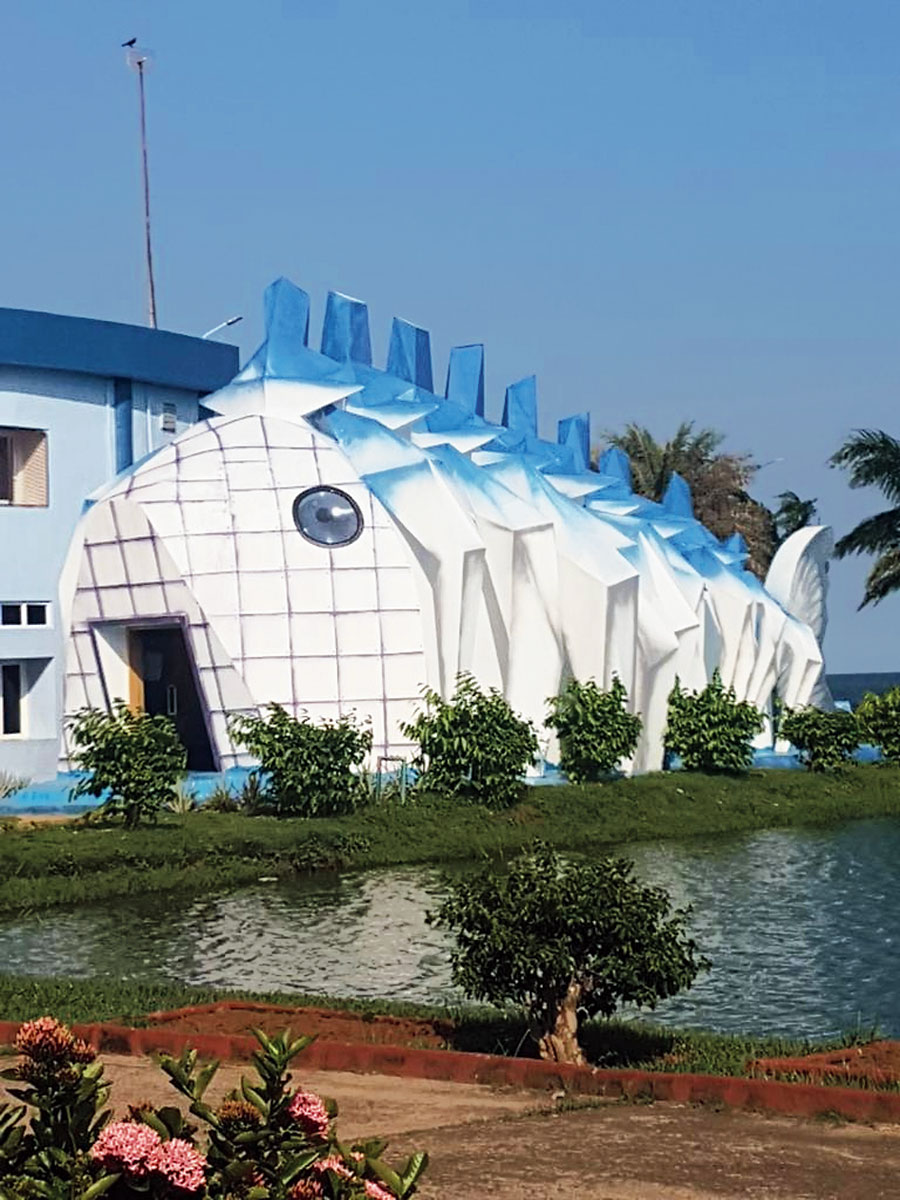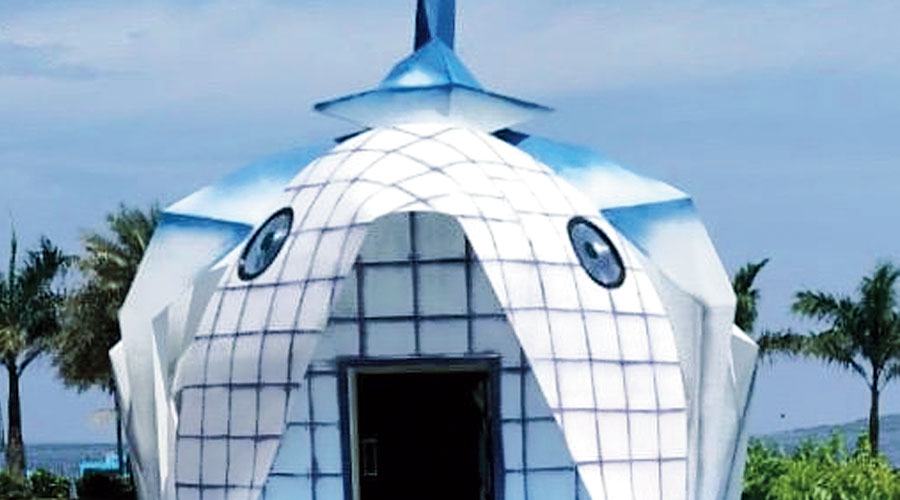The Chilika Development Authority (CDA) has set up a museum on the bank of the Chilika Lake to showcase the marine diversity of Asia’s largest brackish water lagoon.
Chief executive officer of CDA, Sushant Nanda, told The Telegraph, “Around 80 species of commercial fish, crabs and prawns will be displayed in the museum. The project has come up under the national plan for conservation of aquatic ecosystem of the ministry of environment and forests.”
Sources said about Rs 50 lakh was spent to build the museum spread over an area of 800 square feet (around 74sqm) on the bank of the lake at Barkul in Khordha district, around 60km from here.
Nanda said “It would be a great learning experience for people coming to see the beauty of the lake, known for its biodiversity. Even the species which are they are not able to see during their boat rides in the lake will be on display here.”
Chilika Lake, a Ramsar site (wetland of international importance) has nearly 330 species of fish, crabs and 12 prawn species. The lake is spread around 1,100sqkm, spanning the three districts of Puri, Khordha and Ganjam. “It provides sustainable livelihood to nearly 2.5 lakh fishermen living around the lake,” Nanda said.
He said the fish in the Chilika was toxic-free. “Fish production has gone up and on an average it hovers around 14,000 metric tonnes, which is still less than its sustainable production capacity,” he added.
Earlier, the sustainable production capacity of the lake was estimated to be 16,000 metric tonnes. But after clearing of almost all the encroachment inside the lake, the sustainable production capacity has increased.
“Another study (on fish production capacity) has been carried out by the experts. We are waiting for the report,” Nanda said.
“There is an increase in the number of fish species coming from the sea to the lake. Earlier all the migratory routes had been blocked. We have cleared them all. We have also built a nice highway for the juveniles to come into the lake from the sea,” he said.
“The fishing business brings around Rs 500 crore per year on an average. Prawns are being exported to Hong Kong, Singapore and Japan. Once the situation improves after the lockdown, the business will bounce back,” he added.

The aquatic species museum on the bank of the Chilika Lake at Barkul in Khordha district
Stating that Chilika fish was a brand and has an international market, Nanda said “We are also planning to apply for a GI (geographical indication) tag for Chilika fish. We are assessing the food value of all the exportable fish species.”
However, Irrawaddy dolphins, a major attraction of the lake, have not been displayed in the museum.
“We have a museum for the species (Irrawady dolphins) at Satapda near Brahmagiri in Puri district. We will beautify the museum at Maa Kalijai island located inside the lake in collaboration with the Centre next year.
The work is likely to be taken up under the NPCA (National Plan for Conservation of Aquatic Ecosystems) project. The funding pattern will be 60:40 between the Centre and the state government,” Nanda said.
Asked when the museum will be thrown open to the public, Nanda said, “The process of unlocking various containment zones that been created for the coronavirus pandemic has started. We are planning to open it next week. Lets see how the situation unfolds.”
The development authority has decided to collect a nominal entry fee of Rs 5 from the visitors. “However, we will not charge students for nearly three months after the opening of the museum,” he added.










